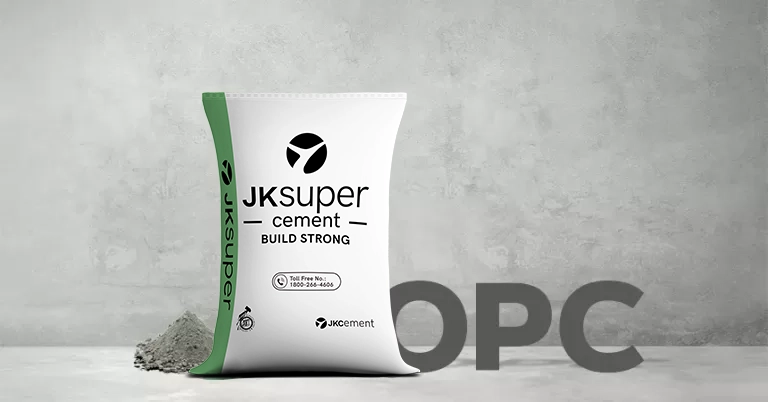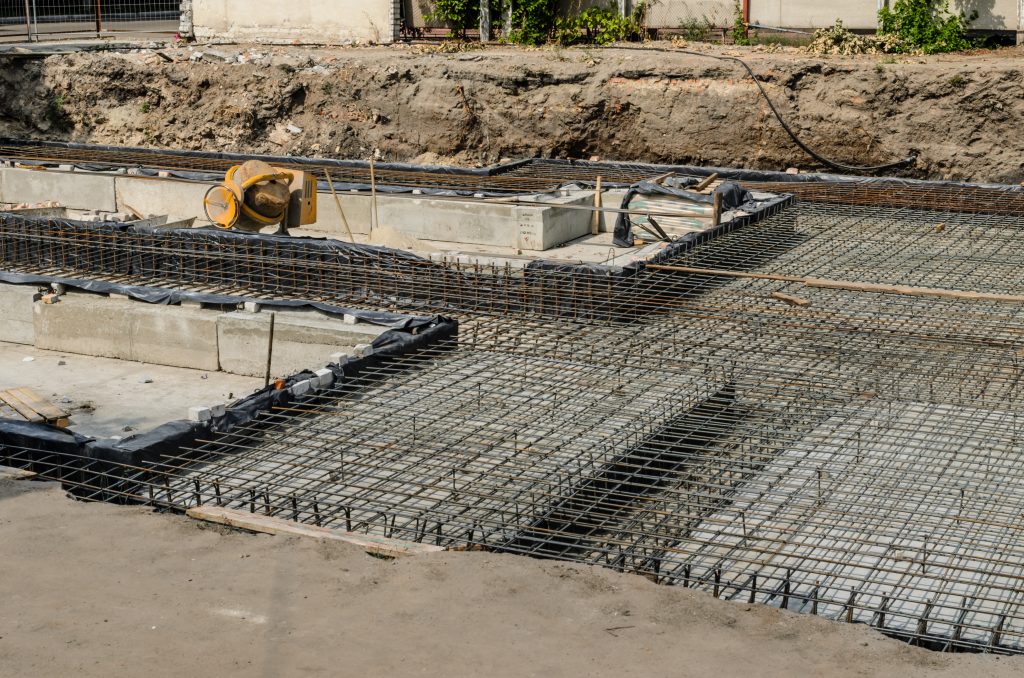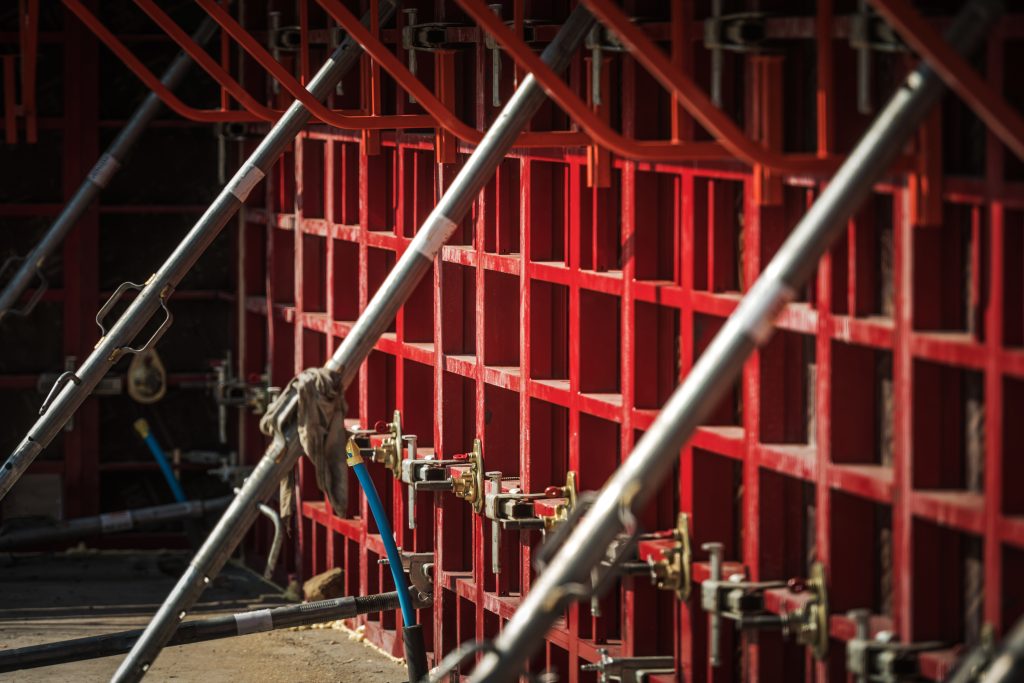With the rapid evolution of architectural designs and requirements, the demand for different types of cement has surged. Cement is an essential component of construction materials that comes in several variants. Ordinary Portland Cement (OPC) is a fundamental component of concrete production where the number ‘53’ signifies the cement’s compressive strength after 28 days of curing. In this blog, we will further explore the OPC 53 grade cement, from its compositions to compatibility with other construction materials.
What is Ordinary Portland Cement 53 Grade?
OPC 53 grade cement is a type of cement preferred for its high compressive strength. The term “53 Grade” signifies that the cement attains a minimum compressive strength of 53 megapascals (MPa) after 28 days of curing period. The OPC 53 grade cement has reduced permeability that corroborates with minimising the moisture content, chemical and pollutants, resulting in the long-term integrity of structures.
Composition and Properties of OPC 53 Grade
OPC 53 grade cement is primarily composed of calcareous and argillaceous, silica, alumina or iron oxide-bearing materials. The ingredients are then burned at high temperatures to create a nodular material called clinker which is then grounded to form a fine powder. This fine powder is known as cement. Portland cement is one of the most widely used cement. When Portland clinker is ground with gypsum, it produces Ordinary Portland Cement. The specific combination and proportion of these constituents influence the cement’s properties.
Per the India Standards following are the chemical requirements and physical properties required in the manufacturing of cement.
Chemical requirements for Ordinary Portland Cement, 53 Grade
| Characteristics | Requirement |
| Ratio of percentage of lime to percentages of silica, alumina and iron oxide, when calculated by the formula: CaO – 0.7 SO3 / 2.8 SiO2 + 1.2 Al2O3 + 0.65 Fe2O3 | 0.80 to 1.02 |
| Ratio of percentage of alumina to that of iron oxide, Min | 0.66 |
| Insoluble residue, percent by mass, Max | 5.0 |
| Magnesia, percent by mass, Max | 6.0 |
| Total sulphur content calculated at sulphuric anhydride (SO3), percent by mass, Max | 3.5 |
| Loss on ignition, percent by mass, Max | 4.0 |
| Chloride content, percent by mass, Max | 0.1 |
| Alkali content | <0.6% |
Physical properties for OPC 53 Grade cement
| Characteristics | Requirement |
| Fineness, m2 /kg, Min | 225 |
| Soundness, a. By Le Chatelier method, mm, Max b. By autoclave test method, percent, Max |
10 0.8 |
| Setting time a. Initial, minutes, Min b. Final, minutes, Max | 30 600 |
| Compressive strength, MPa a. 72 ± 1 h, Min b. 168 ± 2 h, Min c. 672 ± 4 h, Min | 27 37 53 |
Strength and Durability of OPC 53 Grade
The defining feature of OPC 53 grade cement is its impressive compressive strength. With a minimum strength of requirement of 53 MPa, structures built using this cement possess greater resistance to the environment and other external forces. It ensures the structure’s ability to withstand heavy loads and adverse conditions.
Furthermore, OPC 53 grade demonstrates greater durability. Its compact particle arrangement and reduced permeability help in preventing corrosion of reinforcing steel and other deteriorative processes that can compromise the structural integrity over time.
Application of OPC 53 Grade
For grade 53 OPC in cement, its high strength and durability make it a preferred choice for a wide range of construction applications that include:
High-Rise Buildings
The high compressive strength of this cement ensures that the structures can withstand the substantial vertical and lateral loads imposed by their height and dynamic forces they may encounter.
Bridges and Flyovers
These structures are subjected to constant traffic loads, environmental stresses, and varying temperatures. Hence, a greater load-bearing capacity is required that OPC 53 provides, making it an ideal choice for the construction of safe and resilient transportation infrastructure.
Construction in Seismic Zones
In earthquake-prone regions, OPC 53 grade is preferred to construct buildings that can resist seismic forces. Its high compressive strength contributes to reducing the risk of damage or early structural failure during an earthquake.
Precast concrete elements
Precast components such as pre-stressed beams, columns, and slabs are manufactured using OPC 53 grade. Its high strength and quick setting time are advantageous for producing durable precast elements efficiently.
Benefits of OPC 53 Grade
The following are the various benefits of
High Compressive Strength
The key distinction of OPC 53 grade is its high strength compressive strength having 53megapascals (MPa) during the early 28 days of curing.
Reduced Maintenance
Due to its high strength and durability characteristics, structures require less frequent repairs and maintenance. This leads to reduced long-term maintenance costs.
Rapid Strength Gaining
Due to fast strength development, it becomes a preferred option in projects where quick turnaround is essential.
Compatibility of OPC 53 Grade with Other Construction Materials
OPC 53 grade cement is compatible with various construction materials, making it a versatile choice for diverse projects. It can be used with different aggregates, admixtures, and other cementitious materials. OPC 53 grade when mixed with aggregates, such as sand and crushed stones, results in significant gains in strength and durability of concrete to withstand challenging conditions. It is compatible with water-reducing agents, plasticisers, and superplasticizers that are used to enhance workability and performance without compromising structural strength.
Furthermore, OPC 53 grade can also be combined with additional cementitious materials such as slag, fly ash or silica fume. These materials contribute to reduced heart generation during curing and enhanced cement’s sustainability. As these materials are typically by-products obtained from the iron and steel industries.
Ready to build strong architectural landmarks? Explore a range of cement products and get started with JK Cement.
FAQs
What does a cement’s 53 grade mean?
In OPC 53 grade, “53” refers to the minimum compressive strength of the cement in megapascals (MPa) after 28 days of curing.
What is OPC 53 grade used for?
OPC 53 grade cement is used in the construction of numerous structures:
- Skyscrapers
- Bridges and flyovers
- Precast concrete products
- Foundation and pillars
- Heavy-duty pavements
What is the difference between OPC 43 and OPC 53 grades?
The prime distinguishing feature between OPC 43 and OPC 53 grade cement lies in their compressive strength after 28 days of curing. OPC 43 grade has a minimum compressive strength of 43 megapascals (MPa), whereas OPC 53 grade has a compressive strength of 53 megapascals (MPa).













